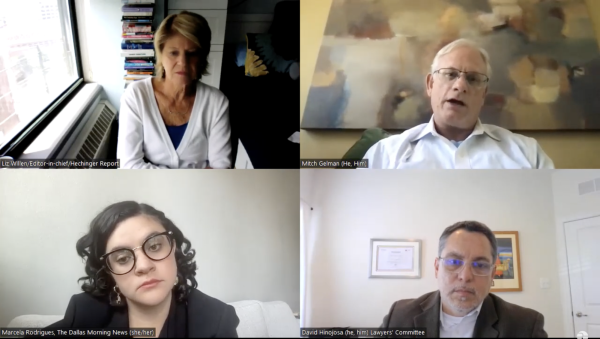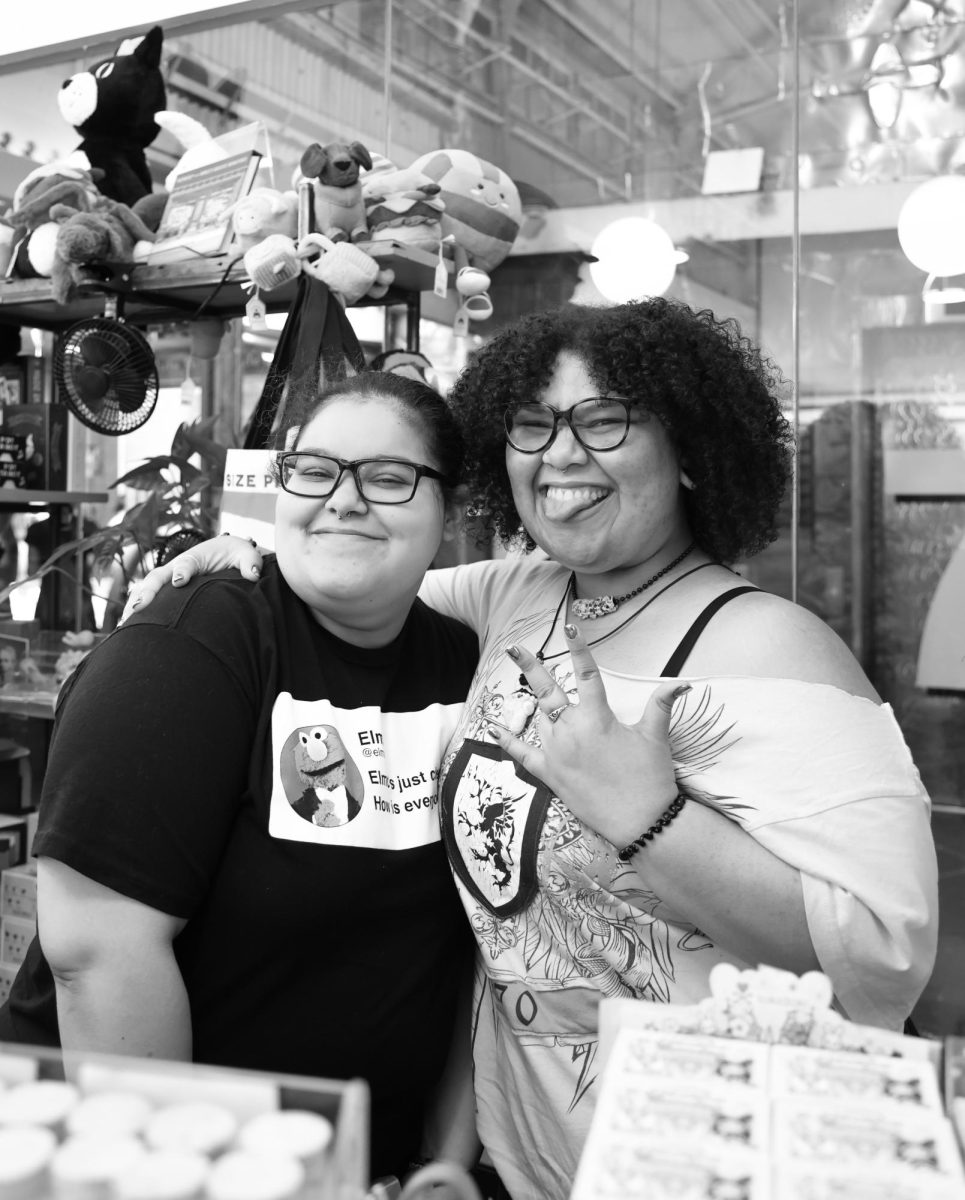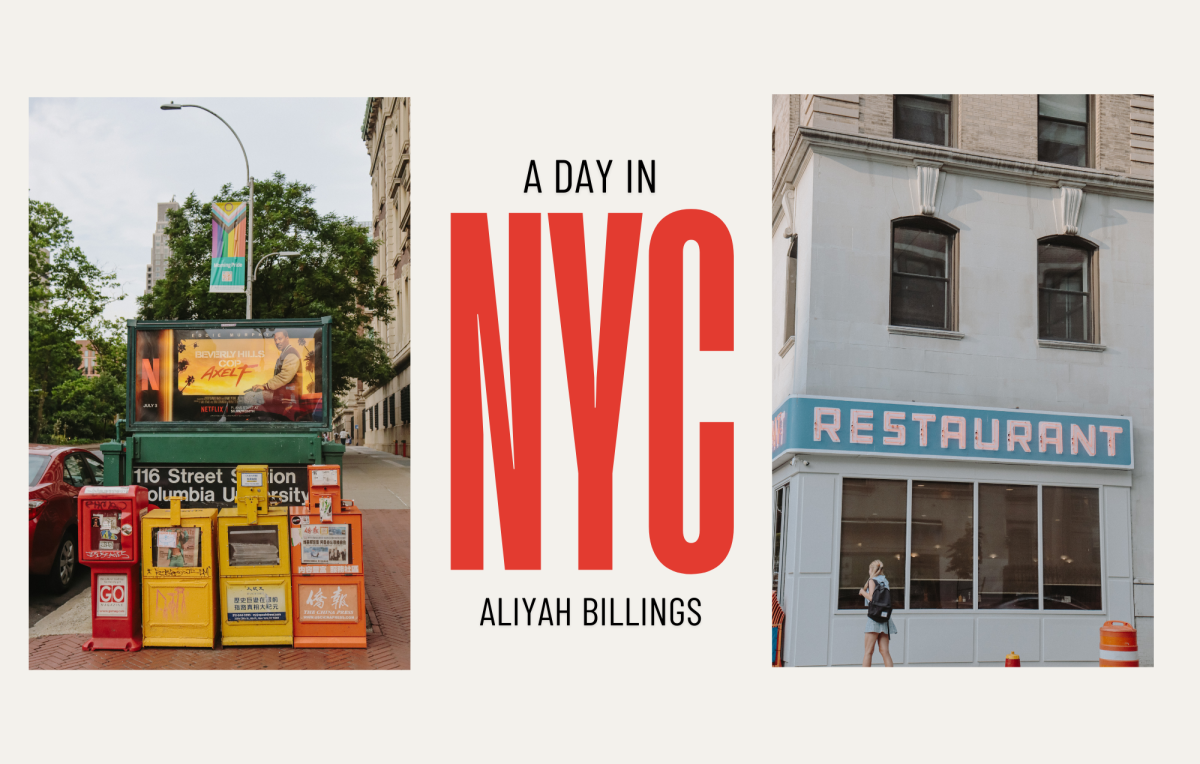Following the Supreme Court’s recent decision on affirmative action in college admissions, panelists at a July 20 Pulitzer Center webinar emphasized colleges and universities must be creative if they want to continue to promote diversity. Universities must understand that there is no silver bullet in ensuring more diverse admissions. — DAVID HINOJOSA
Speakers said that while the court’s decision is a setback, it does not mean campus diversity and affirmative action cease to exist. Although it is now unlawful for schools to use race as a factor in their admissions processes, higher education institutions must find alternative methods to advance diversity, and thus equity.
“They have to figure out new ways to commit to it, new ways to do it,” said Mitch Gelman, Pulitzer Center grantee and president and CEO of WCNY.
Evolving out of the Civil Rights Era, affirmative action is any set of policies that seek to prevent discrimination and ensure that groups, such as women, people of color, and disabled individuals have equal opportunities in employment, education, and other areas of society. As colleges implemented affirmative action policies, especially in their admissions processes, opponents repeatedly brought legal challenges against it. Don’t listen to the people who want to stretch the opinion to meet their social or cultural goals. Read the opinion because that is what the courts will look at. — MITCH GELMAN
With the court’s recent ruling in mind, the Pulitzer Center, an organization that financially supports enterprise reporting, held the panel to discuss what the decision means for higher education and how institutions can respond, especially considering that some researchers project a significant decrease in diversity at schools in the coming future.
“The universities must work to fulfill the commitments they’ve made to maintaining diverse student bodies on their campuses,” Gelman said.
Other panelists included education reporter Marcela Rodrigues and civil rights lawyer David Hinojosa, who served as lead counsel in the affirmative action cases SCOTUS decided on in June. Liz Willen, editor-in-chief of education-focused news outlet The Hechinger Report, moderated the event.
Panelists also explored approaches some schools have used or considered in achieving diversity. Some of these include Texas’ 10% rule, removing standardized test scores, removing legacy admissions, developing pipeline programs for specific groups, focusing on socioeconomic status and financial burdens, and creating and supporting diversity, equity, and inclusion initiatives.
While reflecting on the effectiveness of these and other potential methods, speakers pointed out that nothing is one size fits all. Schools should tailor their efforts to the groups they want to reach.
“Universities must understand that there is no silver bullet in ensuring more diverse admissions,” Hinojosa said. “What works for certain populations may not work for others.”
Even as the panelists discussed how institutions must work diligently, they acknowledged that it is easier said than done.
“Colleges are trying to figure out alternative ways to achieve racial diversity without being able to use race,” said Rodrigues about the contradictory nature of the situation, adding that some schools, like the University of California, have struggled to reach diversity goals since their respective states banned affirmative action in the 1990s. “It’s a challenge.”
Along with that, opponents will continue fighting against anything they disagree with. Students for Fair Admissions, the nonprofit group that brought the cases before SCOTUS and won, sent letters to schools across the country, offering its own interpretation of the majority decision and threatening institutions that do not comply with their demands, according to Inside Higher Ed.
Nevertheless, colleges and universities should not let critics intimidate them, panelists said. Instead, they should read the opinion so they understand for themselves what they can legally do.
“Don’t listen to the people who want to stretch the opinion to meet their social or cultural goals,” Gelman said. “Read the opinion because that is what the courts will look at.”
Hinojosa agreed and said that succumbing to intimidation can lead to severe consequences.
“We cannot set policy based on their agenda,” Hinojosa said. “If we do, we will see the most terrible decline in racial equity and justice that we haven’t seen since the Jim Crow era, and we’re not far from that already.”

–Aug. 2, 2023–












